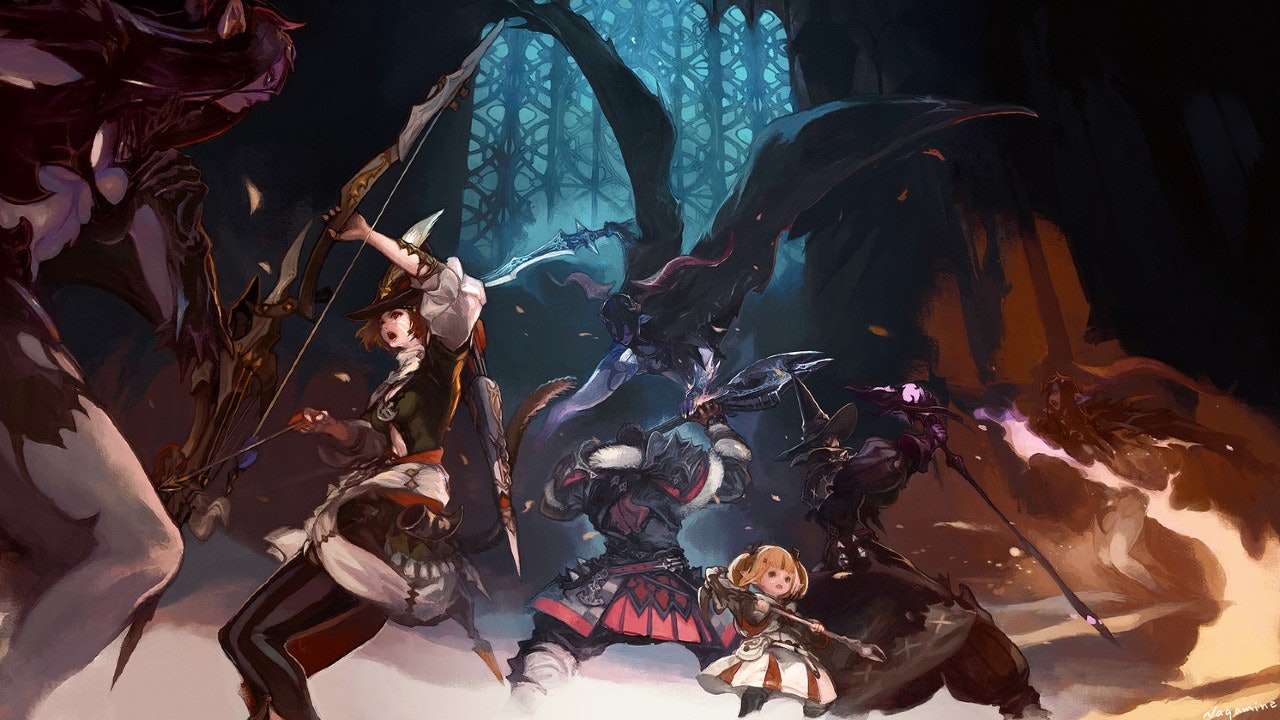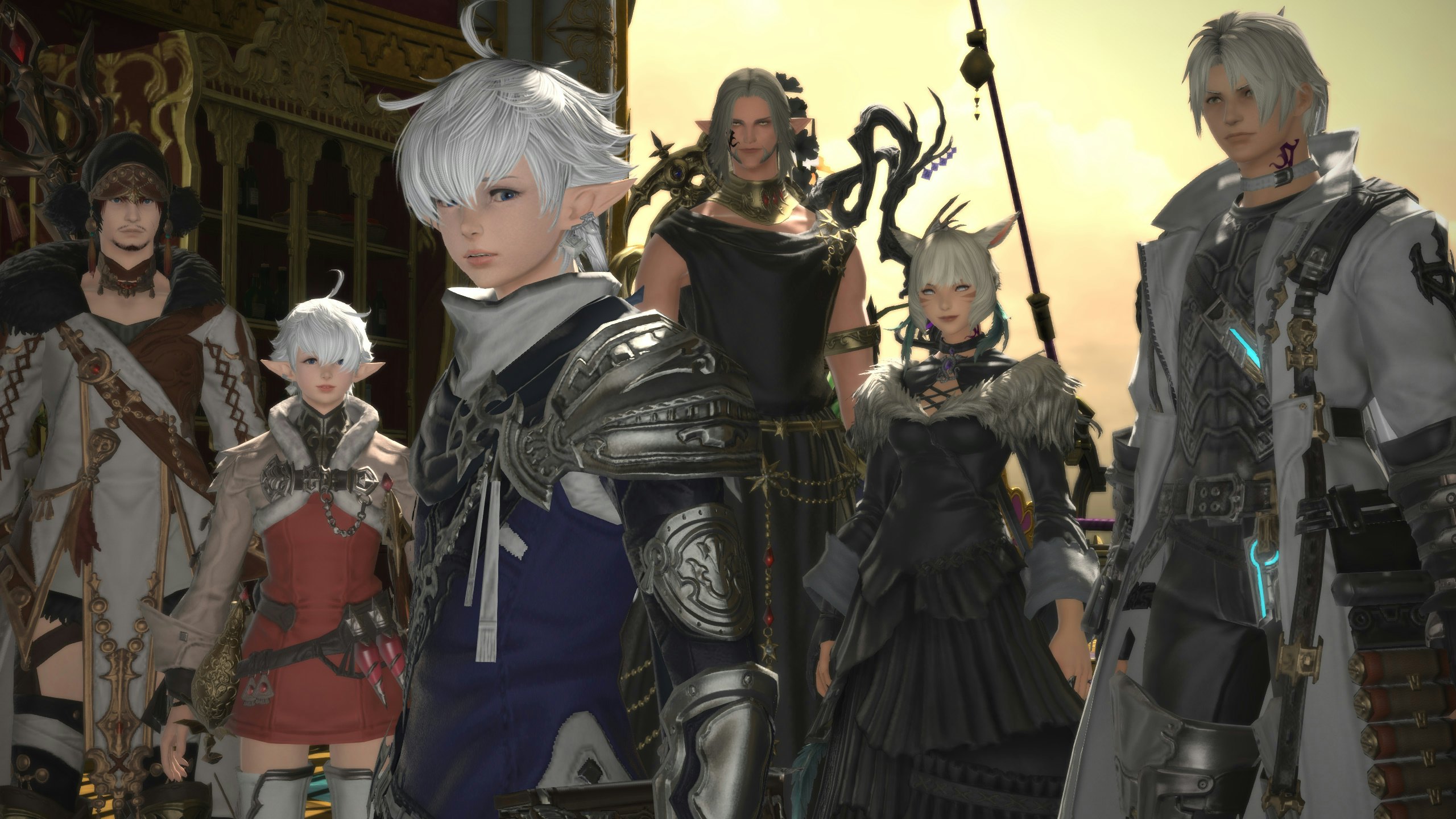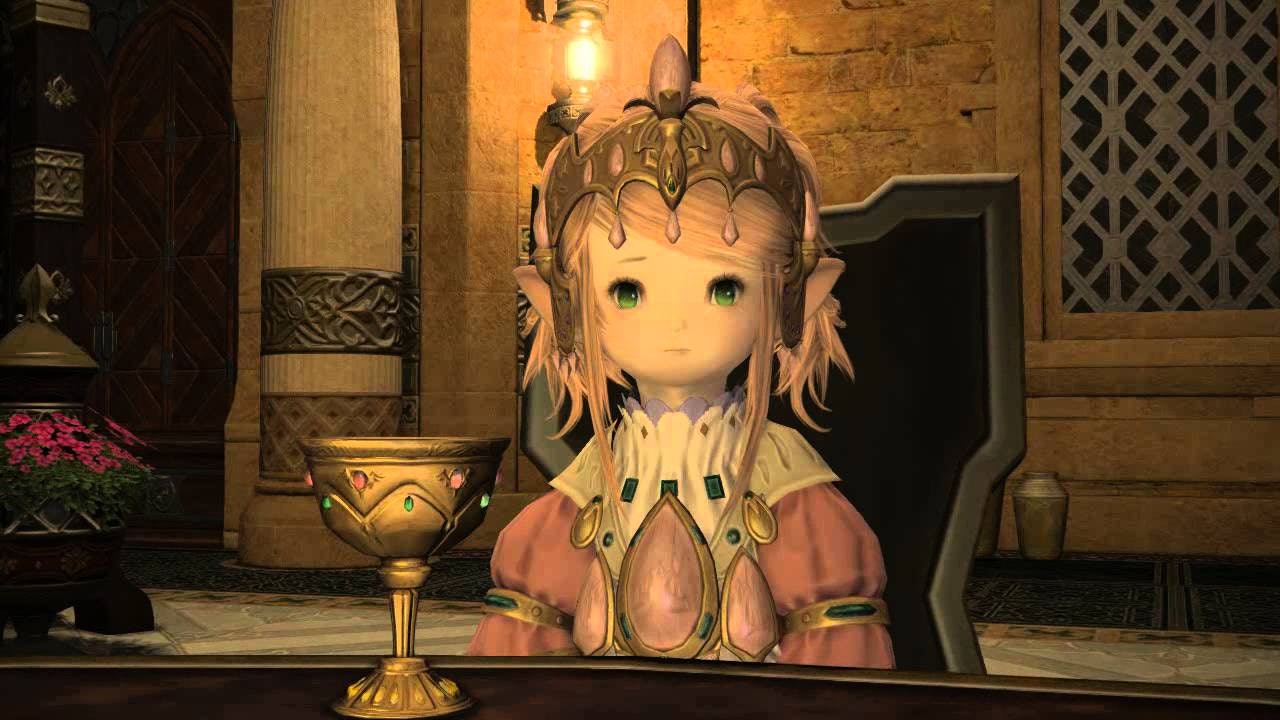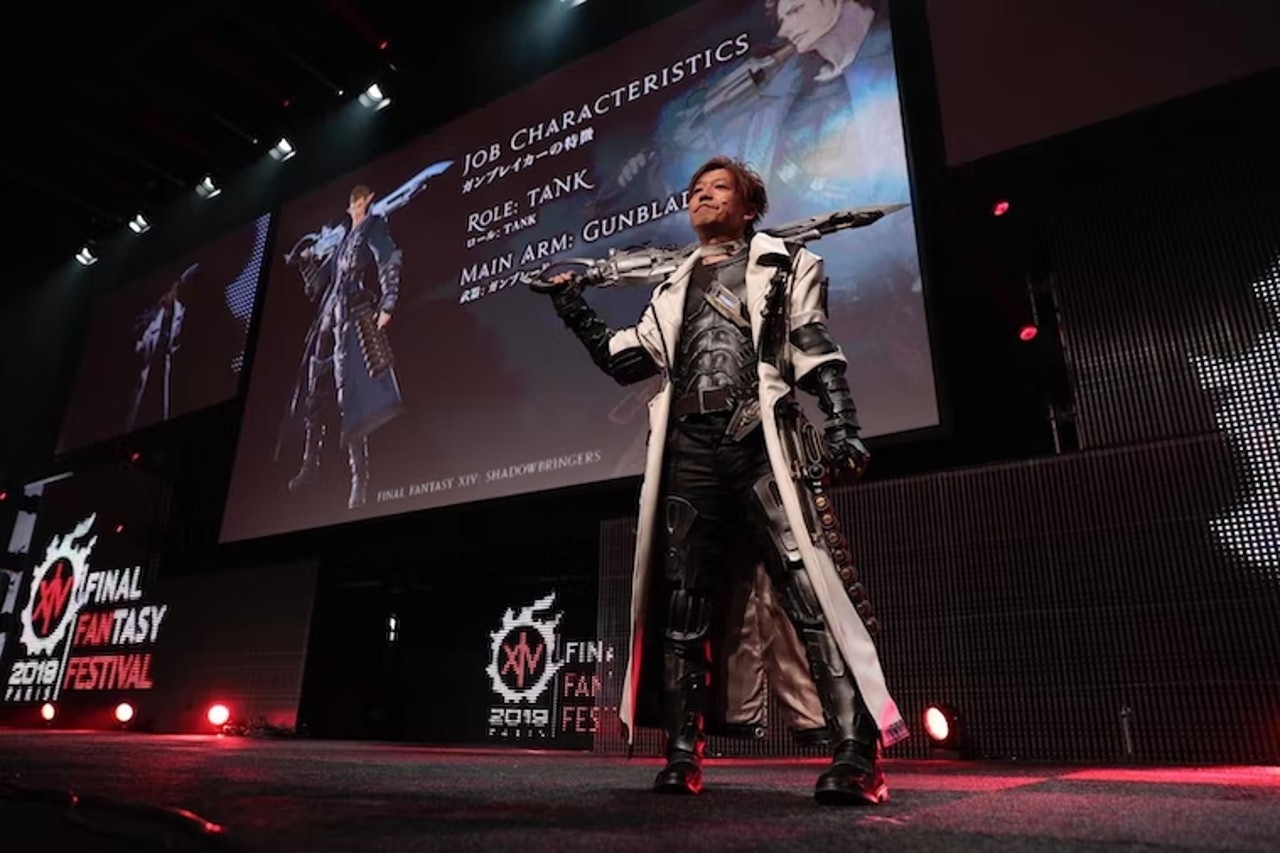
Final Fantasy is one of the most enduring franchises in the video game industry, but it’s also seen its fair share of struggles over the years. In the early 2010s, the franchise had a hard time defining its contemporary identity after helping to define the medium in the two decades prior. The story and extreme linearity of Final Fantasy XIII turned a lot of fans off in 2010, and that very same year, Square Enix released a cataclysmic failure in the form of the MMORPG Final Fantasy XIV. The next few years wouldn’t fare much better as the series saw two middling sequels to XIII and lackluster, even predatory, mobile games like All the Bravest. Final Fantasy desperately needed a win, and luckily it was about to arrive in the form of a quite literally reborn FFXIV.
After having to shut down the game, Square Enix launched Final Fantasy XIV: A Realm Reborn in August 2013, and it changed the overall franchise’s trajectory. A Realm Reborn wasn’t just an updated version of the failed MMO, but a complete reworking from the ground up.
The development of this new version was led by Naoki Yoshida, who nine years later has become the de-facto “king” of Final Fantasy. These days, FFXIV has become the biggest success the series has ever seen, and it’s the most actively played MMO in the world with over 25 million registered players. It’s easy to talk about the successes the game has had, but how did it get here in the first place? By taking inspiration from some of the best of Final Fantasy, FFXIV managed to turn into something truly revolutionary, combined with a willingness its developers had to engage with the fanbase.

A Realm Reborn picks up after the story of the original FFXIV, with the realm of Eorzea recovering from the cataclysmic event that brought an end to the original game. A Realm Reborn uses a familiar setup that any Final Fantasy fan will be familiar with: casting your character as the legendary Warrior of Light that saves the world from darkness. Part of what made A Realm Reborn so impressive at the time was its presentation, even though it was scaled back graphically.
The story was a major aspect of the new version of FFXIV, and the team made sure that every aspect of the game played into the narrative. Dungeon bosses and trials aren’t just random monsters you fight but are actually integral to the way the narrative plays out or at least the lore behind it. Battles with Ifrit or Garuda feel like set-piece moments that stick in players’ minds, instead of just a good boss battle.
In a Letter From the Producer segment in 2014 Kazutoyo Maehiro, the main scenario writer of A Realm Reborn said that one of his biggest influences was Yasumi Matsuno.
You might know Matsuno as the creator of Final Fantasy Tactics and Final Fantasy XII, and he’s a creator that relishes in deep and complex stories steeped in politics and weighty themes. These inspirations are clear to see in A Realm Reborn, through the meticulous way the game builds its world. You aren’t just seeing a good versus evil story play out, but gaining an understanding of the struggles of Eorzea’s cities, the gap between rich and poor in Ul’Dah, the reverence Gridania has for gods and nature, and the struggles Limsa Lominsa’s residents endure trying to move on from a life of crime and piracy.
A Realm Reborn doesn’t have the most gripping main story, but its world-building is absolutely impeccable.

This focus on story and characters is something that has only grown over time, becoming a major staple of future expansions like Shadowbringers and Endwalker. It was a wise decision that made A Realm Reborn feel more like a proper Final Fantasy game, even though it had all the trappings of an MMO.
There’s another aspect to all this, however, as FFXIV’s development team has practically changed the game with how transparent they are with players. Ever since the moment A Realm Reborn was launched, Yoshida and his team have had an open line of communication with players, providing consistent blog posts, Letter From the Producer presentations, and tons of community support.
Over the years there have been multiple articles covering the intense amount of work Yoshida and his team put in on A Realm Reborn. A documentary from NoClip talks about how every single part of the game’s development was broken down and collected into a spreadsheet, even including bathroom breaks. In the video Yoshida talks about how he takes a granular approach to development, and in a recent interview with Inverse he also says, “The more your job is something people don’t like, or don’t want to do, the more praise and recognition you will receive for accomplishing it.”

Yoshida’s own unique mindset to development likely played a big role in the redemption of FFXIV, and it’s part of the reason he’s seen as a superstar in the game’s community, which absolutely adores him. Yoshida comes out in cosplay at Fan Fests, hosts live streams that last hours, and constantly talks about the player base in interviews. The passion Yoshida has for FFXIV is clear in everything he does, and the same can be said for the other members of the development team that often appear with him. Sound director Masayoshi Soken has even created a rock band called “The Primals” that often performs at fan events, and releases new versions of the game’s music.
This willingness to participate with the fanbase is what sets FFXIV apart from other MMOs like World of Warcraft, which feels like it barely communicates to the fan base by comparison. It makes all the difference, as fans feel like they’re a part of FFXIV, not just players. It’s why you see so much community reporting on the FFXIV community, from player bands to fan art of roosters. While FFXIV has been taking this approach for years, we’ve started to see more and more developers take a more direct approach with their player bases, like Destiny 2 and Genshin Impact.
Now in 2022, FFXIV has a vibrant community around a game that continues to push forward both MMOs and the Final Fantasy franchise at large. While we celebrate the game’s ninth anniversary, it seems more likely than ever that we’ll be celebrating another anniversary in 10 years’ time.







